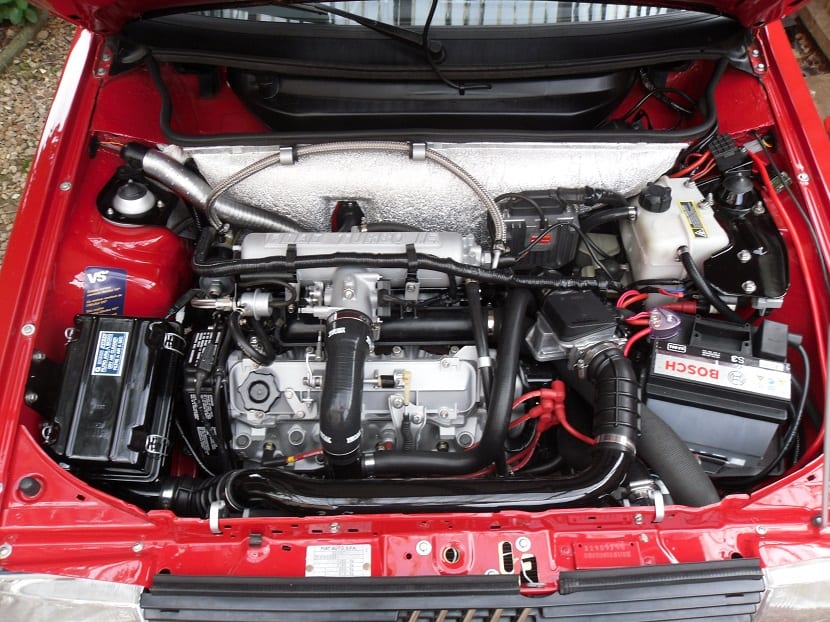
Since its origins, the mechanics of our vehicles have been changing and evolving considerably. Much of these changes have occurred mainly in one of the main players: the engine. Today's engines incorporate different injection systems, which can be grouped into two main types: single point y multipoint. Among the first, the Jetronic system It has marked a before and after.
The Jetronic system, also nicknamed L-Jetronic, as we have already mentioned, belongs to single-point injection systems and, broadly speaking, its mission is to supply the engine with the proper amount of fuel according to your pace of work.
Controls fuel injection via electromagnets located in a suction tube. For this, it also uses the help of various sensors.
Parts of the Jetronic system
At first, it may seem that the Jetronic system has a simple operation, but nothing is further from the truth. Multiple agents are involved in it, which we will detail below:
- Electric fuel pump: It is a cellular pump that has a series of rollers, which is driven by a small electric motor. It is responsible for driving the fuel to the outlet valve.
- fuel accumulator: It has an internal part divided into two chambers that are separated by a membrane. In one of these chambers the fuel is accumulated, and in the other there is a regulating spring. Its main mission is to maintain the system pressure.
- Fuel filter: It is arranged behind the accumulator, and has a paper element reinforced with a screen and located in a narrow passage.
- System pressure regulator: It manages to regulate the pressure by means of a piston controlled by a spring. Said piston moves allowing the passage or not depending on the volume of fuel.
- Injection valve: These valves, unlike the elements mentioned above, do not have any regulatory function. They open or close depending on the pressure exerted on their openings.
- Air flow meter: It measures the volume of air sucked in by the engine, thanks to a funnel that includes a kind of probe and that is kept in balance.
- Dosing distributor: Its function is clear, to guarantee the distribution of fuel to the cylinders. It is made up of a cylinder-shaped chamber with holes and a plunger.
- Differential pressure valves: They are part of the dosing distributor, and act according to the differential pressure. They have a membrane that, depending on the fuel flow, swells more or less causing the opening.
- Cold start and thermal switch: It serves to compensate for the loss of fuel generated by condensation on the collector walls after the cold start process.
- Heating regulator: It is made up of a metal, together with a calibration spring and a valve. It prevents the excess supply of fuel to the engine during the starting phase, so as not to cause overheating.
- Additional air valve: When the engine is cold, the friction is much greater which causes additional resistance that is very difficult for the engine to overcome. That is why the additional air valve is very useful and effective, because it allows the engine to suck in more air, without the need for it to pass through the throttle, thus managing to better overcome such resistance.
It should be noted that these are, in general, the main parts of the Jetronic monotype injection system, although many more are brought together.
How the jetronic system works
As we have already seen, current engines exist in various injection systems of fuel, differing basically in single point and multipoint, and with a large number of variants according to this classification.
In single-point engines we often find the Jetronic system (also called L-Jetronic) which has the complex mission of providing the system with the proper amount of fuel according to the regime in which the motor works.
This amount of fuel is sent to intake manifold, so we could say that the system Jetronic only takes care of control fuel flow.
This system basically consists of a fuel pump and filter, a regulator of presión, a valve injection, position sensor, flow meter for air flow, sensor temperature and the air conditioner, among others.
The usefulness of this system is fundamentally given by a control unit, which automatically determines the volume of fuel required for each regime, obtained from the aforementioned sensors.